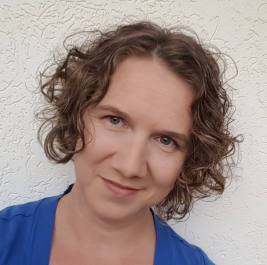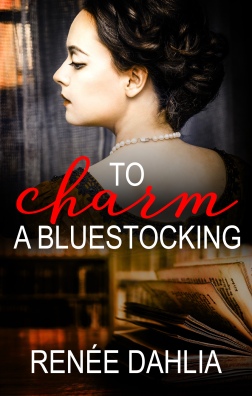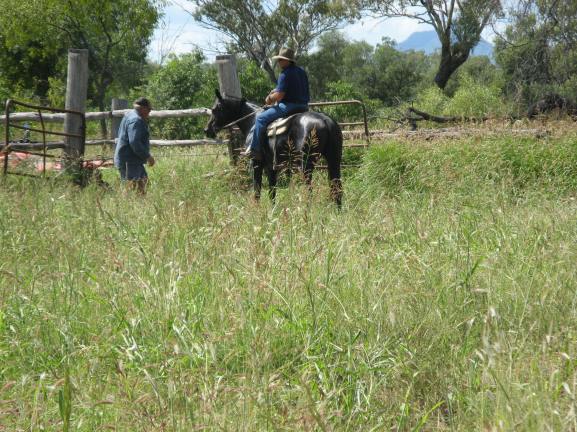
Welcome, Juanita! Tell us a little about yourself and where you live.
I live in Perth, Western Australia halfway between the Perth hills and the Swan River. I’m blessed with a view of the hills and hope one day to retire from the suburbs to a nice, quiet semi-rural property where I am surrounded by trees and wild life. In the meanwhile, I have a lovely leafy garden with quiet sunny spots to write in. I’m the mother of two boys and a Daschund named Sam, and have two grand-furbabies, Alaska and Vader.
I love to hear from readers on my website or on Facebook, so please come over and say hi.
How long have you been writing and when were you first published?
I have been writing romance since I was sixteen. My first book, a romantic suspense, was published in 2012 as Fly Away Peta. The book was re-released by Escape Publishing as Under Shadow of Doubt earlier in 2017.
What are you working on now?
I’m working on the third book in the Wongan Creek series called Heart of Wongan Creek.
How does your work differ from others in the genre?
That’s a tough question. I like to think it’s my characters who make the difference. I love to capture the heart and larrikinism of Australia in my work. We have humour and soul, and so many stories to tell. Even though we’re considered a young country, we have a rich and colourful history. I’m pleased to see more historical novels set in Australia coming to market. It’s time we embraced our own history.
What inspired you to write your latest novel?
Secrets of Wongan Creek was inspired by the battle farmers face with damage to crops from herbicide (phenoxy) spray drift. I read an article about the damage it does to broadleaf crops and the cost farmers face in terms of losses. I thought what if? … and this happened:
When spray drift ruins his crop and throws his ability to hold on to the family farm into question, Harley Baker wants to confront his neighbour and shout his rage and worry to the sky. But arguments are tricky when the woman whose herbicides killed his crop is also the woman he’s loved his whole life.
Which authors do you like to read?
I have an eclectic collection: Nora Roberts, Anna Campbell, Karly Lane, Robert Muchamore, Tracey Alvarez, Lee Child, Matthew Reilly and Tony Park.
What is the nicest thing a reviewer has ever said about one of your books?
I’m blessed to have had many nice things said, but one that captured my heart was this one about Home to Bindarra Creek:
I sighed many times, and I had a happy sigh at the end. It’s a lovely story and I recommend it to the moon and back ~ Lily Malone, Author of So Far Into You (on Goodreads)
What is the strangest thing a reviewer has ever said about one of your books?
The strangest one was on Amazon, all in CAPS that read: WHISPERS AT WONGAN CREEK. WASN’T ONE OF MY FAVORITE READS, THE STORY WAS ENJOYABLE, BUT IN MY OPINION THERE WERE TOO MANY PAGES OF DESCRIPTIVE LOVEMAKING , WHICH MADE ME LOSE A LITTLE INTEREST IN THIS NOVEL.
Strange because there were only two love scenes in the whole book.
Are you a full-time writer? If not, how do you juggle work and writing?
I work three days a week in the office and two days from home. The day job can be very demanding and often I have to put writing aside. I’m up early in the morning or late at night squeezing in every word I can where I can. A friend of mine gave me a mug that says: “Coffee … because sleep is for the weak.”
What is your favourite movie and/or television show?
My favourite movie is, and always will be, Dirty Dancing. Last year we saw the small town drama Doctor, Doctor come to television. I was disappointed we didn’t get to see another season. I mean Rodger Corser … ‘nuff said.
Juanita’s latest release is Secrets at Wongan Creek.

Blurb:
Still waters run deep in Wongan Creek…
When spray drift ruins his crop and throws his ability to hold on to the family farm into question, Harley Baker wants to confront his neighbour and shout his rage and worry to the sky. But arguments are tricky when the woman whose herbicides killed his crop is also the woman he’s loved his whole life.
Tameka Chalmers knows that her father’s farming methods are outdated, inefficient, and even dangerous, so when Harley charges her with the loss of his livelihood, she can only accept the blame. There’s so much she would like to do differently, but her father’s rule is absolute and if she wants to keep working the farm she loves, she must do as she’s told.
But the simple action of speaking with Harley, the man she wants but can never have, starts an unexpected chain reaction of events that throw everything she’s ever known into question: her past, her family, her life. Dark secrets come to light and when Tameka is injured in a house fire, she and Harley have one small chance to seize a lifetime of happiness, if only they are able to rise from the ashes and claim it.
Extract:
Tameka confiscated the rope Harley’s dog had destroyed along with three hundred square metres of her newly sown barley field.
‘Hooley dooley, Loki, what have you done?’
Oh, Harley Baker would pay for this, for sure. She paid no attention to Loki’s attempts to claim her attention even though twenty-three kilograms of Catahoula Leopard dog leaping at her torso wasn’t easy to ignore.
‘Sit down!’ Tameka said sternly, surprised when Loki obeyed and looked at her with his melt-your-heart eyes. No-one melted her heart. Not Harley Baker and not his dog either. ‘Bad dog.’
Loki gave a short bark and offered up a reconciliatory doggy grin.
‘Don’t smile at me.’
She looked over the dog’s head at the destruction in his wake and ignored the paw that scratched at the leg of her denims in a bid for attention.
Her neatly ploughed and planted rows of barley resembled a churned up dirt bike track after the annual fair in the wake of Loki’s destruction, the almost empty container of liquid concentrate mix she’d used for spot-spraying and hadn’t had time to put away yet overturned in the soil.
Now there was Loki’s health to worry about too. If he’d ingested some of the herbicides her father insisted on using, he could be a very sick dog and that would break her heart.
She set the container upright and checked that the lid was still securely screwed into place as the low gear warble of a four-stroke engine reached her ears. That’d be Harley coming to look for his dog. No four-legged horses for that farm boy. His were all steel-framed, power hungry two-wheelers as sleek and sexy as he was.
She shivered inside her sheepskin-lined jacket and tugged her beanie down around her ears. A sexy pain in the arse who once had owned her heart.
The 200cc Trojan appeared out of the remains of the morning fog, and Tameka sucked in the cold air, letting it burn down her throat and into her lungs as she watched the bike progress down the firebreak.
When dealing with Harley, she needed a heart of ice or he’d get under her skin and make her remember what he felt like under his flannel-checked shirt and denims. A distraction she couldn’t afford when it made her long for the friendship and love they’d lost.



























